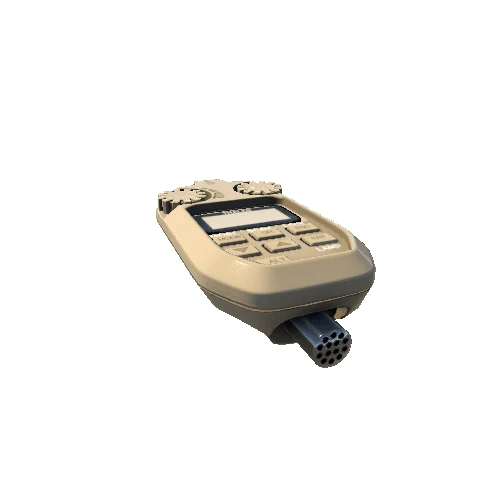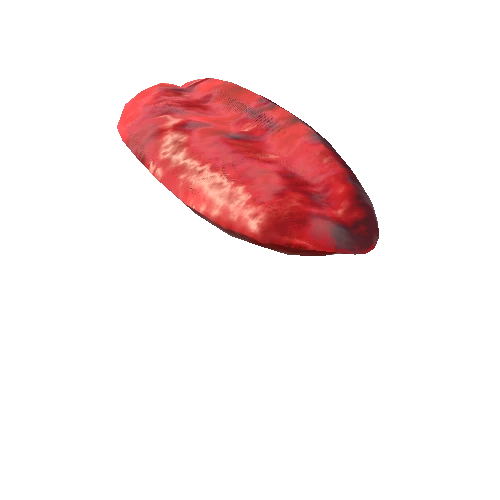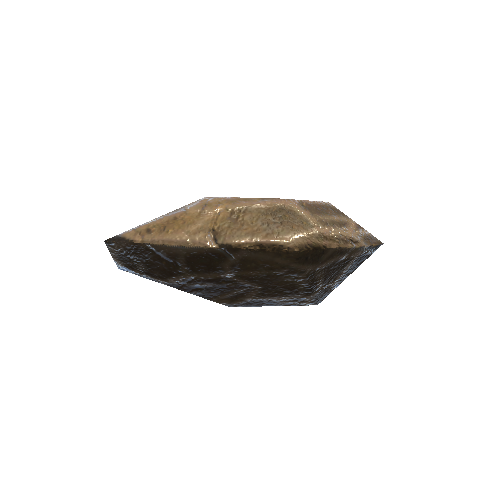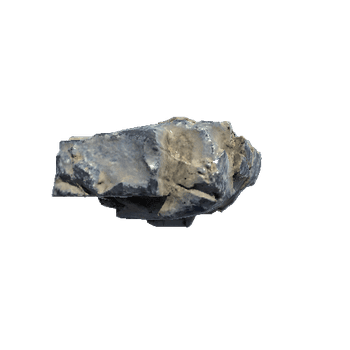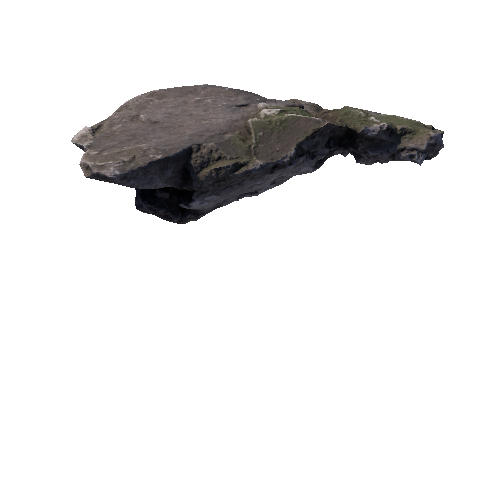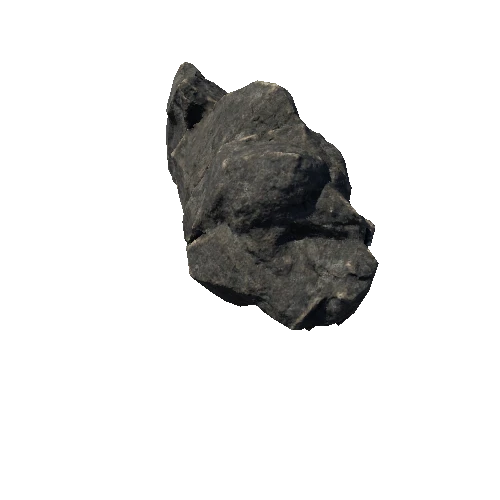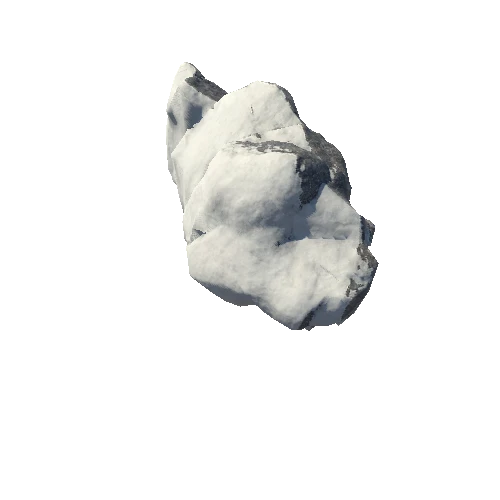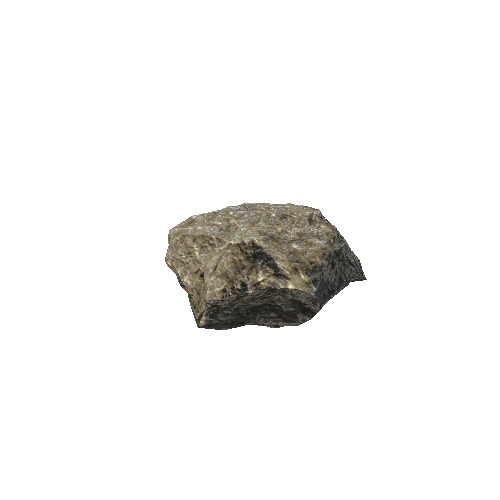Select or drop a image or 3D model here to search.
We support JPG, JPEG, PNG, GIF, WEBP, GLB, OBJ, STL, FBX. More formats will be added in the future.
Asset Overview
BIRUG 1961: Specimen of azurite (blue) and malachite (green). Despite their different colours, azurite is chemically very similar to malachite; these two minerals comprise the two basic copper (II) carbonate minerals. Because azurite is unstable in open air it is often pseudomorphically replaced by malachite through the addition of water and loss of carbon dioxide.
As both minerals occur through weathering of copper ore, they can be used in prospecting as a strikingly colourful surface indicator of the presence of copper ores.
The name “azurite” stems from the Persian “lazhward”, meaning “blue”; this is the same root as that of the word “azure”. “Malachite” derives its name from the Greek “malāchē” meaning “mallow”, due to the mineral’s perceived similarity to the leaves of the mallow plant.
This specimen is part of the Museum’s McLean Collection and was digitised with an Artec Spider 3D scanner by Courtney Szanto.
